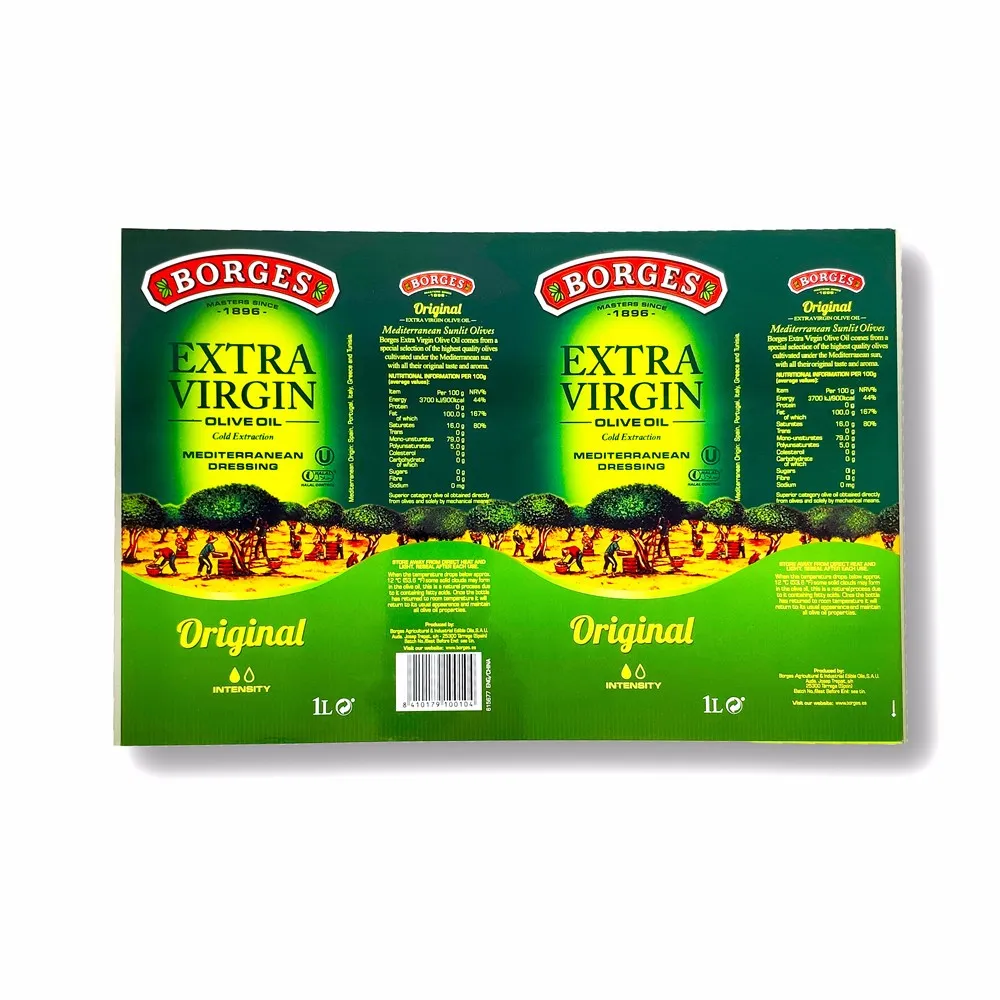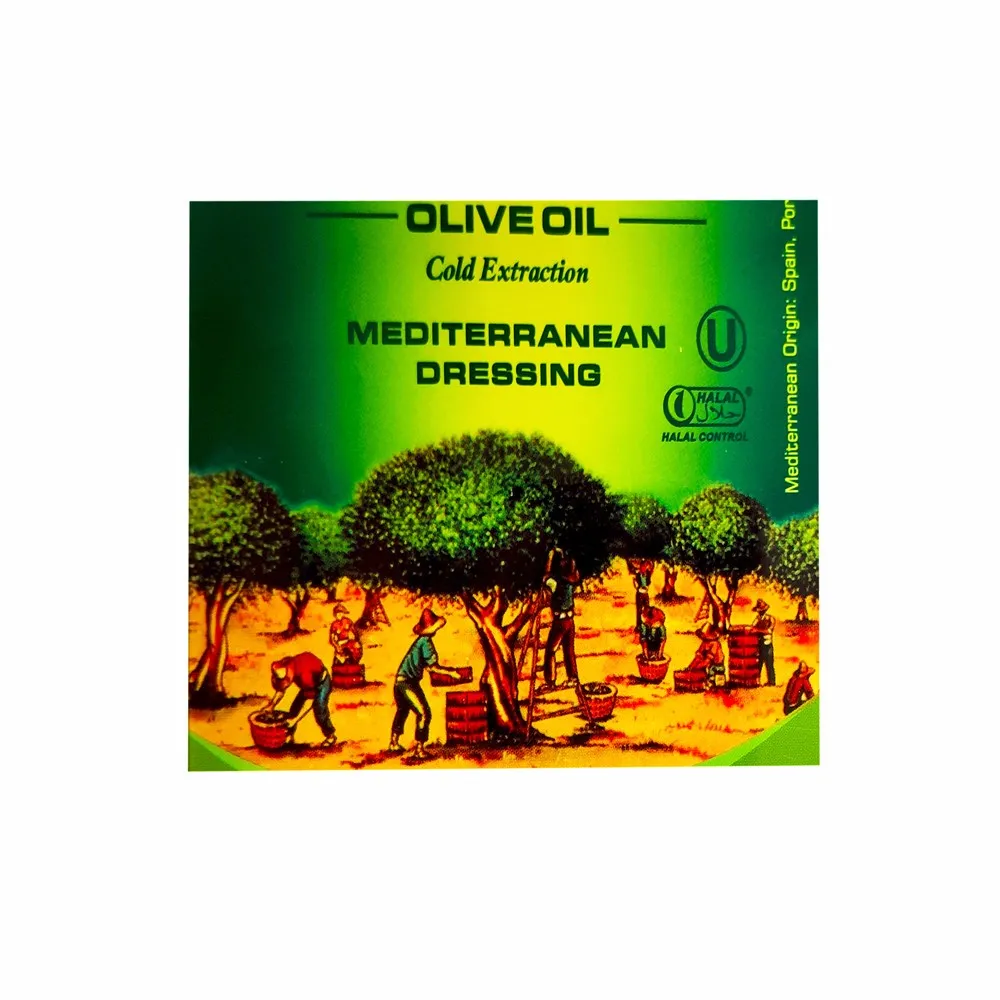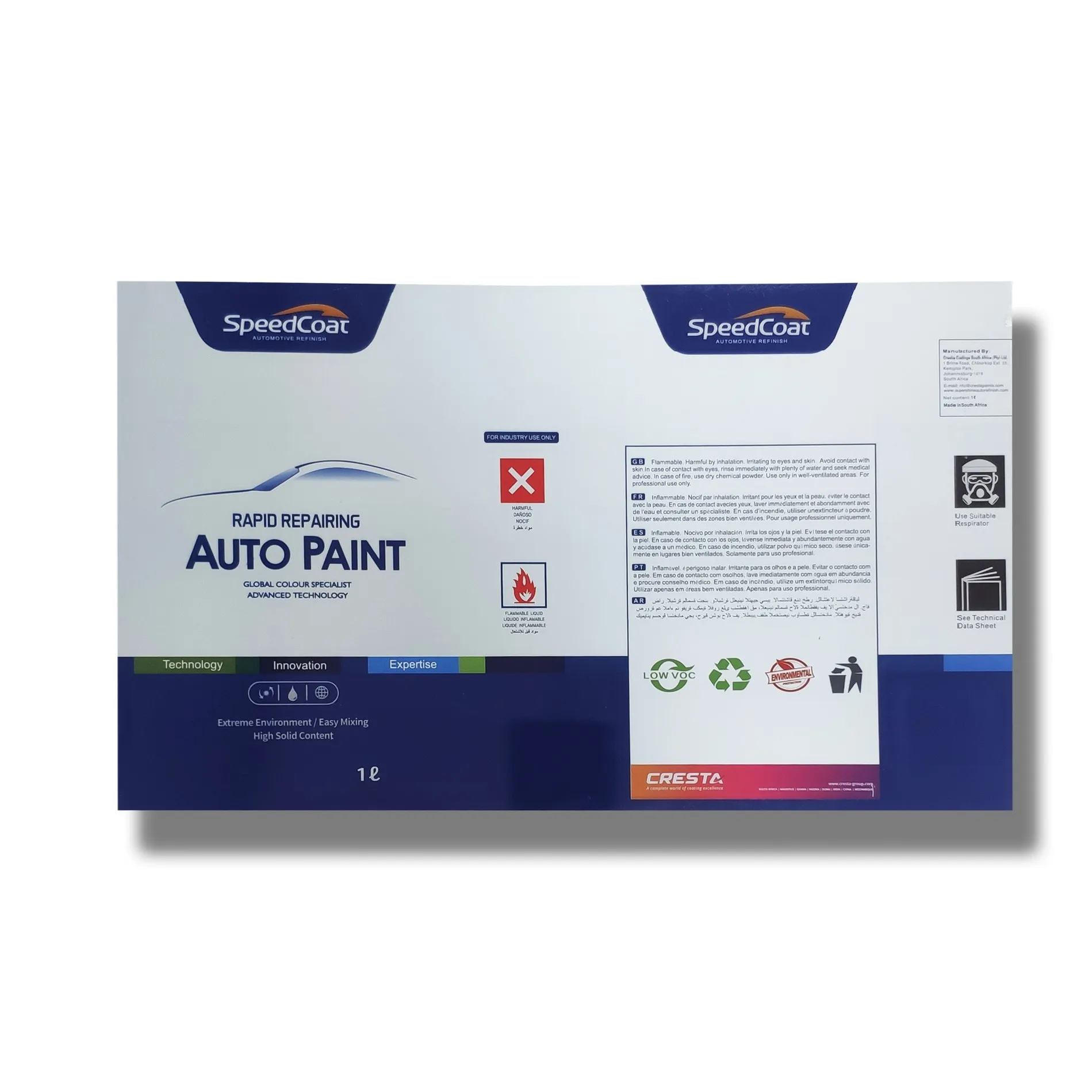Tinplate packaging occupies an important position in the modern industrial and consumer goods market and is widely used in food, beverages, cosmetics, chemical products, electronic products and other fields. Tin plate has become the preferred packaging material for many manufacturers due to its unique structure and physical properties. So, what is tinplate packaging? Why does it stand out among many packaging materials and become an important role in the packaging industry?
This article will give a comprehensive answer to these questions and analyze the various advantages of tinplate packaging in detail.

What is tinplate packaging?
Tinplate packaging refers to packaging containers made of tin plate as the main material. Tin plate is a metal composite material made of tinplate on the surface of low-carbon steel plate, usually consisting of a steel base material and a tin-plated layer. It not only retains the mechanical strength and formability of steel, but also enhances its corrosion resistance through the tin-plated layer, making it an ideal packaging material.
Tin plate packaging can be made into many different shapes and forms, such as food cans, beverage cans, cosmetic boxes, industrial chemical containers, battery casings, etc. Because tinplate has good ductility and plasticity, it can be processed into packaging of various complex structures, and the protective effect of the tin coating makes it excellent in food safety, oxidation resistance and durability.

What is the manufacturing process of tinplate packaging?
The production of tin plate packaging is mainly divided into the following 4 steps:
1. Steel plate production
2. Tin plating process
3. Passivation treatment
4. Forming and processing
Steel plate production
The core of tin plate is cold-rolled low-carbon steel plate. Steel plate production includes smelting, hot rolling, cold rolling and other processes. The cold-rolled steel plate has uniform thickness and smooth surface, which provides a good foundation for the subsequent tin plating process.
Tin plating process
After the steel plate is completed, the next step is the tin plating process. The purpose of tin plating is to cover the surface of the steel plate with a thin layer of tin to improve its corrosion resistance. The methods of tin plating include hot-dip tin plating and electrolytic tin plating. Nowadays, electrolytic tin plating is more common, which makes tin evenly deposited on the surface of the steel plate through electrochemical reaction.
Passivation treatment
The surface of the tin-plated steel sheet is also passivated to form a dense oxide film. This oxide film can further enhance the anti-corrosion performance of tinplate and improve the gloss and aesthetics of the surface.
Forming and processing
The finished tinplate steel sheet is processed into different packaging forms, such as cans, boxes, bottle caps, etc. These forming processes usually include stamping, shearing, bending and other processes to ensure that the structure and function of the product meet the design requirements.

What are the advantages of tinplate packaging?
Advantages of tinplate packaging:
1. Excellent corrosion resistance
2. Strong mechanical strength
3. Good sealing
4. Excellent formability
5. Efficient barrier performance
6. Environmentally friendly and recyclable
7. Good printing adaptability
Tinplate packaging is widely used in many industries due to its excellent performance and versatility. These are the main advantages of tin plate packaging, which explain its dominant position in the packaging market.
Excellent corrosion resistance
One of the most significant advantages of tin plate packaging is its excellent corrosion resistance. Since the surface of tinplate is plated with a uniform layer of tin, the tin layer can effectively prevent air, moisture and other corrosive substances from directly contacting the steel substrate. This physical isolation makes tinplate packaging extremely antioxidant, especially suitable for food, beverages and other products that need to be stored for a long time.
Tin has strong chemical stability and can resist the erosion of acidic and alkaline environments, so tin plate packaging performs particularly well when packaging acidic foods (such as ketchup, juice, etc.). In the beverage canning and food packaging industry, the use of tinplate materials can effectively prevent the contents from contacting the outside air, reduce the risk of deterioration and contamination, and greatly extend the shelf life of the product.
Strong mechanical strength
Tinplate packaging not only has good corrosion resistance, but its steel substrate also gives it extremely strong mechanical strength. As a metal material, tinplate packaging can maintain the stability of shape and structure under large external forces, and is not easy to deform or break. Compared with plastic, paper and other packaging materials, tinplate packaging can better protect the internal products during transportation and storage, and reduce damage caused by collision, extrusion, etc.
Especially in food cans and beverage bottles that need to be sealed, the strength of tin plate is particularly outstanding. It can withstand the pressure of the contents and the external extrusion to ensure the integrity of the packaging during circulation. In addition, tinplate packaging also has good impact resistance, which can prevent the packaging from being damaged when falling or colliding, thereby further ensuring the safety of the product.
Good sealing performance
Sealing performance is one of the key requirements for food and beverage packaging. With its sturdy structure and processing technology, tinplate packaging can provide excellent sealing effect to prevent the influence of air, moisture and light on the contents. Especially in products such as food cans and beverage cans that have extremely high requirements for freshness, the sealing performance of tinplate packaging is particularly important.
Efficient sealing performance not only helps to extend the shelf life of the product, but also prevents the invasion of bacteria and microorganisms, ensuring the hygiene and safety of food. Therefore, tinplate packaging has been widely used in fields such as food and medicine that have strict requirements on hygiene conditions.
Excellent formability
Tinplate materials have good formability and can be processed into packaging containers of various shapes and sizes through stamping, shearing, bending and other processes. This formability allows tin plate packaging to meet the needs of different products and markets. For example, tinplate can be made into cylindrical beverage cans, square food boxes, or other irregularly shaped packaging.
Due to the flexibility of tinplate, designers can design various functional and aesthetic packaging forms according to the characteristics of the product and the needs of consumers. This provides a huge design space for the wide application of tinplate packaging, enabling it to adapt to the packaging needs of different products.

Efficient barrier properties
Tinplate packaging has good barrier properties and can effectively block the intrusion of oxygen, light and moisture into the product. This barrier effect is particularly important in the field of food and pharmaceutical packaging. Oxygen and moisture are the main factors for food spoilage, while light may cause the decomposition or deterioration of certain pharmaceutical and cosmetic ingredients. By using tin plate packaging, these external factors can be effectively isolated to ensure the quality and stability of the product.
In terms of barrier properties, tinplate packaging has obvious advantages over plastic and paper packaging. Although plastic and paper materials have certain advantages in cost, their barrier properties are far inferior to tinplate. Especially in high temperature and high humidity environments, tinplate packaging can better protect the internal products from external influences.
Environmentally friendly and recyclable
Tinplate packaging has good environmental protection and recyclability, which is one of the reasons why it stands out among many packaging materials. Tinplate is essentially a metal material, which can be recycled and reused to reduce resource consumption and environmental burden. In today's context of increasing environmental awareness, the recyclability of tinplate packaging is undoubtedly a major advantage.
Compared with difficult-to-degrade materials such as plastics, tinplate has a higher recycling rate. Through appropriate recycling processes, tinplate can be re-melted into steel or other metal products and recycled, which greatly reduces the generation of waste and pollution to the environment. Many countries and regions have a complete tinplate recycling system, which makes tinplate packaging an important part of sustainable development.
Good printing adaptability
The surface of tin plate packaging is smooth and has good printing adaptability, which can be easily processed by color printing, coating and labeling. This gives tinplate packaging a great advantage in brand promotion and product display. Various patterns, texts and logos can be printed on the packaging surface to help products be more eye-catching on the shelves.
Through high-quality printing technology, manufacturers can clearly display brand image, product information, etc. on the packaging, thereby enhancing consumers' desire to buy. This excellent printing adaptability makes tin plate packaging not only practical, but also improves the appearance and market competitiveness of products.

